The Most Common Reason Your Body Doesn't Burn Fat (And How to Fix It), According to an Expert

Do you feel like you are doing all the right things, but for whatever reason you are struggling to lose weight? If you are worried that your body isn't efficiently burning fat, there might be a good explanation, says one expert. Justin Nault (@theclovisculture) is a nutritional therapist specializing in repairing damaged metabolisms with a large following on social media. In one recent viral TikTok video, he explains why your body might be struggling to shed weight. "The most surprising reason you aren't burning fat," he says. Body Network's Resident RDN, The Diet Diva Tara Collingwood, also weighs in.
He Claims That 88 Percent of Adults Have Metabolic Dysfunction
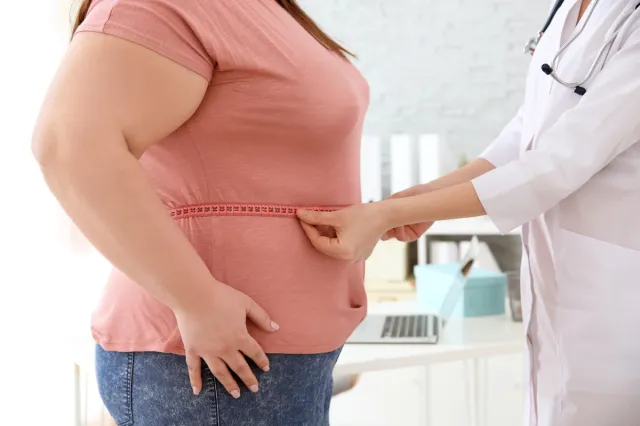
"For almost everyone, this is [in the] top three and for many of you, this is number one," he says. 88 percent of adults have some form of metabolic dysfunction, which basically means that your body is not turning the food you eat into energy correctly."
This means that "not only do you feel tired, anxious, and moody, but all that food that isn't being used for energy gets stored as fat," he claims. "This is why overweight people show symptoms of both having too much stored energy, aka body fat, and yet too little usable energy."
RELATED: 12-3-30 Walking Method: 20 Proven Tips to Lose Weight Faster
To Fix It, You Need Micronutrients and Calories
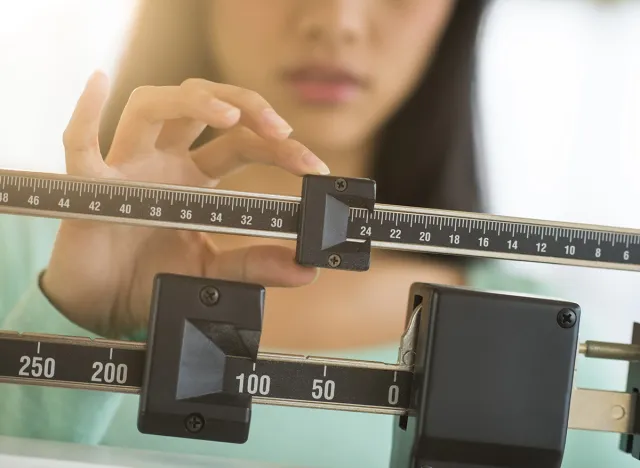
"So how do we fix this?" he continues. "For your metabolism to turn food into usable energy, you need two things: Micronutrients and calories.
"If you were eating the way your ancestors did, you'd be getting both of these without even thinking about it. But very few people have these two imbalanced these days. If your body doesn't burn fat easily when you cut calories, you're not getting enough micronutrients," he continues.
This Is Why Most Diets Fail
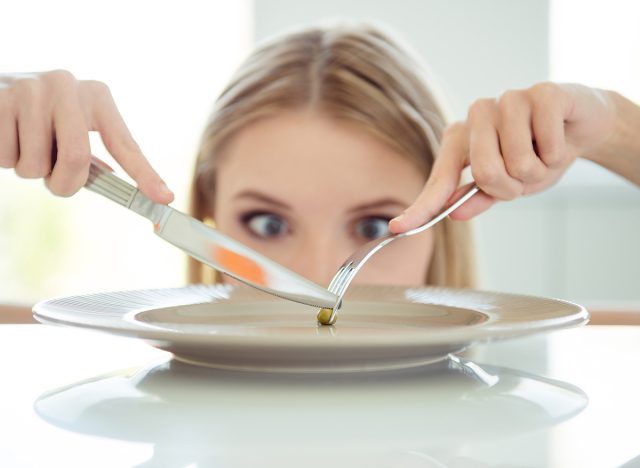
"This is where all of diet culture goes horribly wrong," he claims. "This is why over 95 percent of diets fail. You can't just keep cutting calories lower and lower if the metabolism is shot to begin with, you need to ramp up your metabolic rate."
According to Nault, one of the best ways to increase metabolism is to increase the micronutrients. "And if you don't know where to start, these are my favorite ways to do that," he says.
RELATED: 15 Quick Ways to Lose Body Fat Percentage in a Week
Consume 30 Grams of Protein Within 30 Minutes of Waking Up
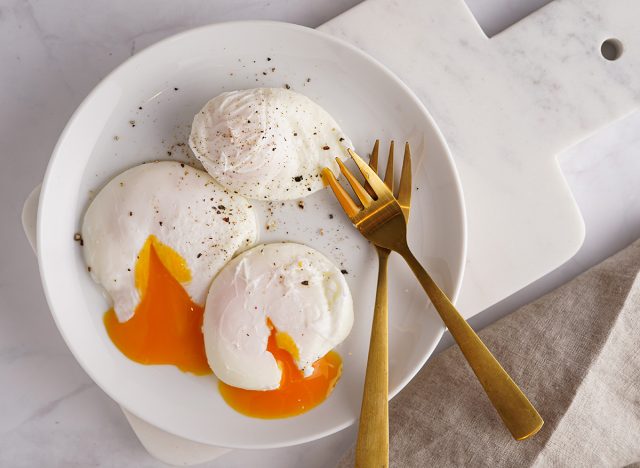
The first way is to consume 30 grams of protein within 30 minutes of waking up. "There's a reason I talk about this all the time: It is a game changer," he says. "I know this is hard for some people. I've been training clients for a long time, so if this is a challenge for you, I make a chocolate superfood powder that is literally just a powdered form of some of my favorite whole foods packed with protein and metabolism boosting micronutrients. Put a scoop in your coffee, whip up a few eggs, done."
And, Eat More Animal Protein
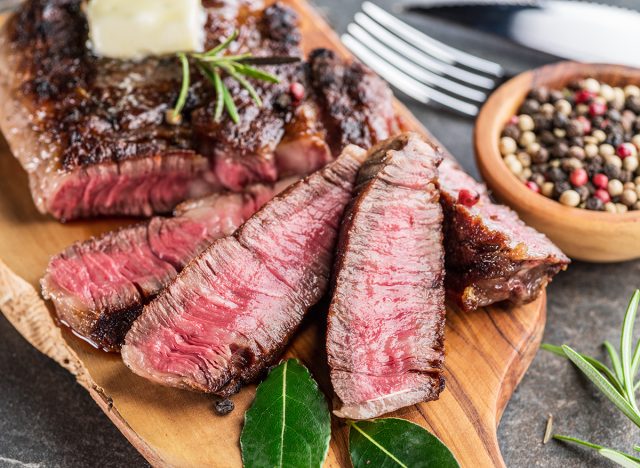
The second? "Eat more animal protein," he says, recommending red meat, wild caught fish, shellfish, and organ meats, "all super nutrient dense, whole food sources," he says.
Starvation Slows Your Metabolism

Body Network's Resident RDN, Tara Collingwood, MS, RDN, CSSD, LD/N, ACSM-CPT, a Board Certified Sports Dietitian and co-author of the Flat Belly Cookbook for Dummies, explains that what Nault is describing isn't metabolic dysfunction per se, but simply how the body works. "Whatever doesn't get used for energy gets stored as fat. And once it's stored, it is not easily accessed (as easily as breaking down food eaten immediately), so it is easier for the body to store excess calories than to get them out again and use them for energy," she explains.
She does agree with his reasoning for why diets don't work. "When you don't eat, you are telling your body to hang on and reduce metabolism because survival is your body's number one goal. It will store excess calories when you do eat if you regularly starve yourself at other times," she says.
RELATED: 15 Fresh Ideas to Lose Stomach Fat Before Summer
Eat Your Proteins
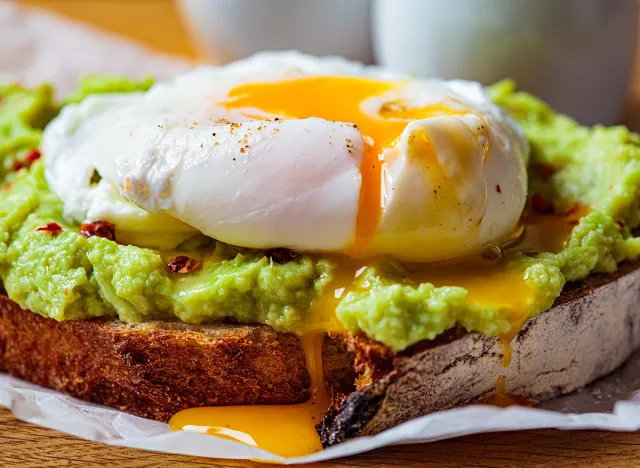
And while micronutrients are important (vitamins and minerals) they are not necessarily going to produce weight loss otherwise everyone taking a multivitamin would be burning fat, she points out. "Most people, even if they are reducing their calories, are getting plenty of micronutrients unless they are doing much less than 1200 calories," she says. "Protein is a macronutrient, not a micronutrient, but the protein powder and eggs both are packed with a lot of vitamins and minerals as well." She is also "a huge fan of protein in the morning, but not sure it needs to be within 30 minutes of getting up," she says. "I typically recommend a mix of carbs and protein within an hour of getting up."
She also agrees that animal protein "is definitely higher in micronutrients as well as amino acid quality than plant protein," however "that doesn't mean you need to eat only animal protein or start eating organ meats (think liver) to get what you need," she explains.
💪🔥Body Booster: "I recommend a mix of plant and animal proteins to get a variety of nutrients," says Body Network's Resident RDN.
@theclovisculture This is the 🔑 to a faster metabolism #metabolichealth #metabolism #healthyliving #healthcoach #healthandwellness ♬ original sound – Clovis Nutrition




